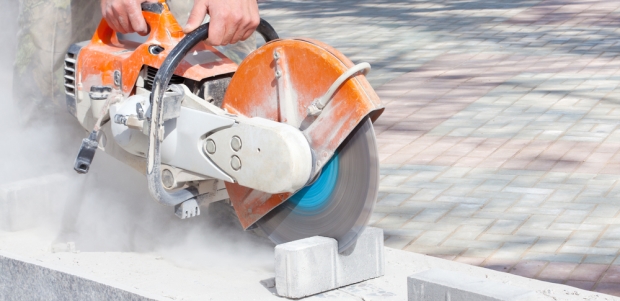
UK Organizations Commit to Control Silica Exposures
IOSH announced the "Tackling respirable crystalline together: a cross-industry commitment" document was signed by organizations from across industry, including construction, rail, mineral products, professional bodies, academics, and unions.
The Institution of Occupational Safety and Health announced Dec. 4 that a cross-section of organizations across industries in the UK have agreed to implement measures to control employees' exposure to respirable crystalline silica, which IOSH calls the second-biggest cancer-causing agent found in the world’s workplaces. After signing the document, the organizations have removed or substituted materials that contain silica, while others have introduced mechanisms to control what workers breathe in.
The "Tackling respirable crystalline together: a cross-industry commitment" was joined by organizations from across industry, including construction, rail, mineral products, professional bodies, academics, and unions. This followed a roundtable discussion hosted by IOSH as part of its No Time to Lose (NTTL) occupational cancer campaign, which began in March 2016.
Lung cancer caused by silica dust exposure through work kills nearly 800 people a year in Britain, an average of 15 per week, and in the European Union, it is estimated there are around 5 million people exposed to silica dust in the workplace every year. To help tackle this significant health issue, the commitment aims to achieve three principal objectives:
- to work together to reduce exposure to respirable crystalline silica (RCS) through effective monitoring and management of dust
- to increase awareness and understanding of the potential health risks associated with exposure to RCS in order to change attitudes and behaviors
- to share good practice on the management of RCS across industry sectors
IOSH surveyed 36 pledge signatories to see what actions had been taken, with the majority of respondents saying IOSH's campaign resources had proved useful. "It was encouraging to see a number of participants eliminating the risk by removing or substituting silica-containing materials and considering mechanisms for controlling dust at source," said Shelley Frost, IOSH's director of strategic development. "Over 70 percent are also actively reviewing contractors’ risk assessments for potential silica dust exposure and controls."
"This really illustrates how our No Time to Lose campaign is helping businesses drive change and prevent exposure to RCS," she said.